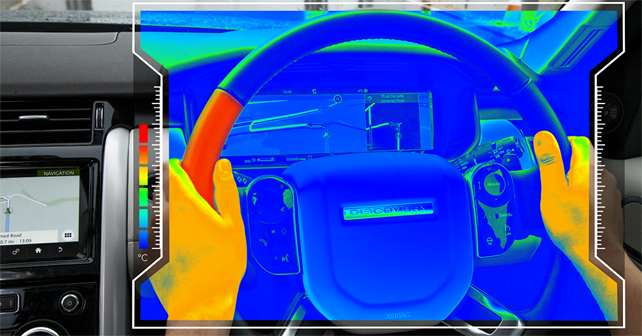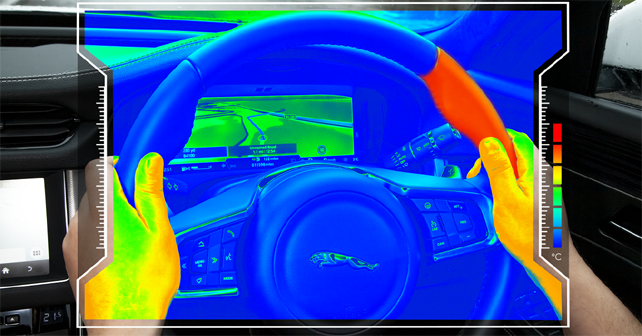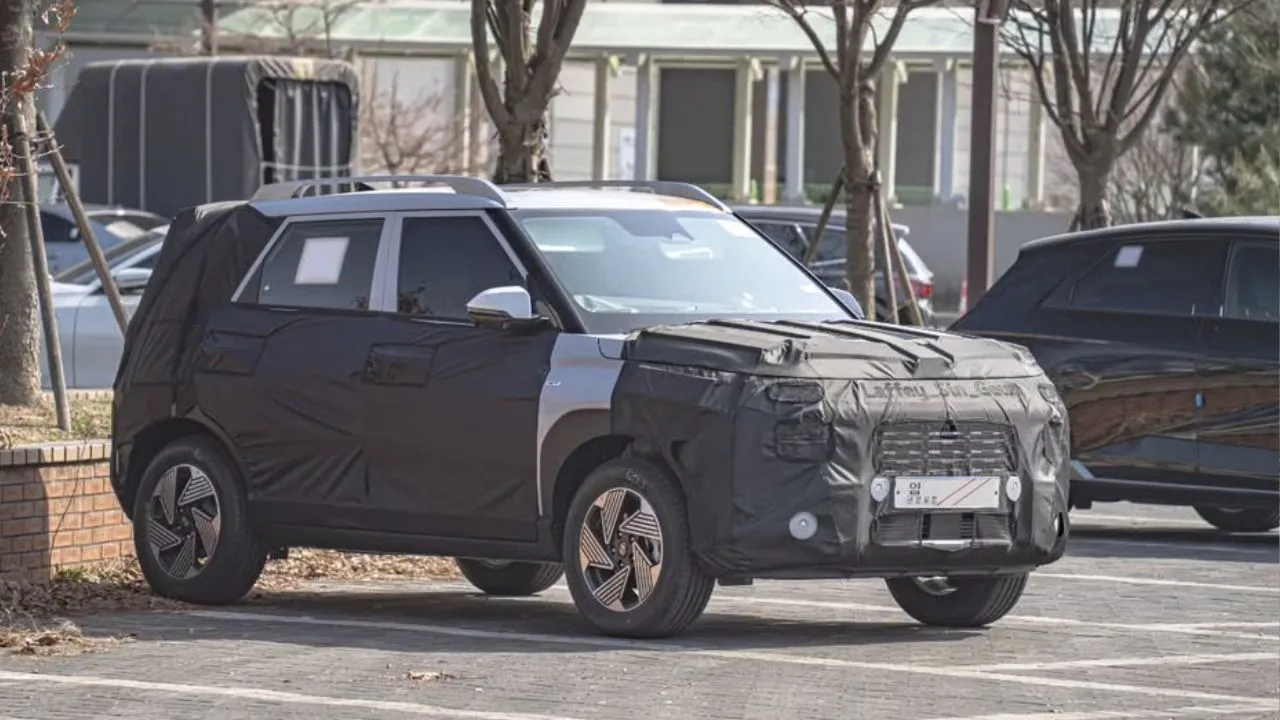JLR working on a temperature-based 'sensory' steering wheel
Jaguar Land Rover, in partnership with Glasgow University, is working on yet another safety-oriented project aimed at reducing road fatalities. As part of the ongoing research, the development team has come up with a 'sensory steering wheel', parts of which can be quickly cooled or heated.

The sensory steering wheel will use heating/cooling cues to inform drivers about an array of actions which need to be taken while driving.
Jaguar Land Rover, in partnership with Glasgow University, is working on yet another safety-oriented project aimed at reducing road fatalities. This time, the area of focus seems to the steering wheel. As part of the ongoing research, the development team has come up with a 'sensory steering wheel', parts of which can be quickly cooled or heated. Researchers at JLR claim that thermal cues can potentially keep drivers fully focused on the road. Thus, driver distractions are likely to reduce, and they should, for they are a major contributor to road fatalities globally.

Depending on the situation, the steering wheel grip can be quickly heated or cooled to inform drivers where to turn, when to change lane or to warn of an approaching junction. This could be particularly useful when visibility is reduced through poor weather or the layout of the road. Sensory cues work on both sides of the steering wheel, indicating the direction by rapidly warming or cooling one side. While the temperature difference has been kept at 6-degree Celsius by default, the driver can adjust the range of the temperature change based on his/her comfort.
Further, the technology can be also be applied to future autonomous vehicles, for example, to the gear-shift paddles to indicate when the hand over from manual to autonomous control is complete. Sharing his thoughts on the development, Alexandros Mouzakitis, Electrical Research Senior Manager at JLR, said, 'Safety is number one priority for Jaguar Land Rover, and we are committed to continuously improving our vehicles with the latest technological developments, as well as preparing the business for a self-driving future. The "sensory steering wheel" is part of this vision, with thermal cues being able to reduce the number of times drivers have to take their eyes off the road.'
Read more:







.webp)






















Write your Comment on